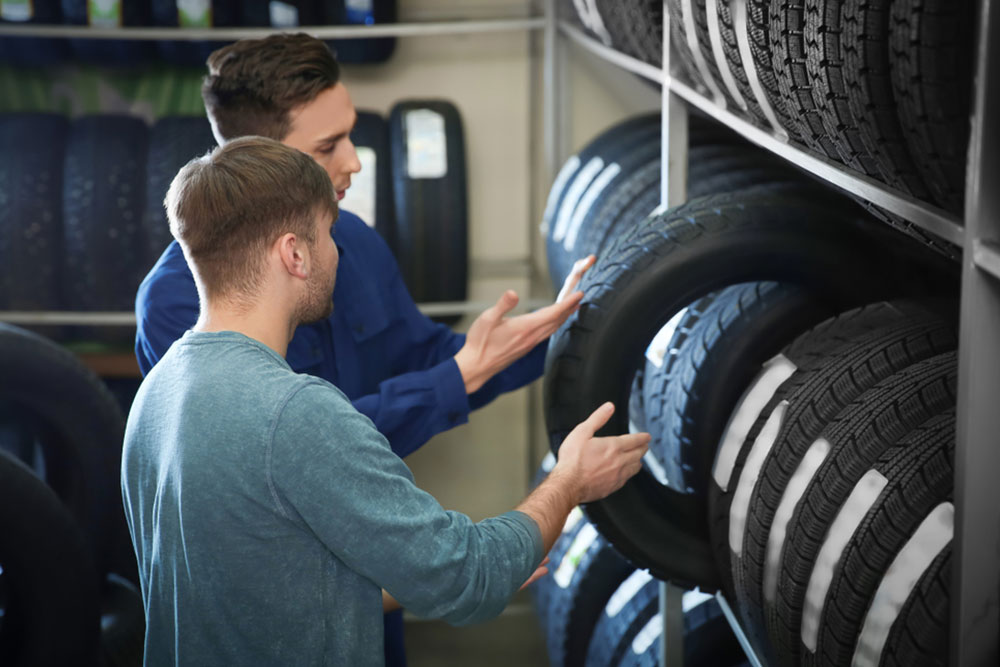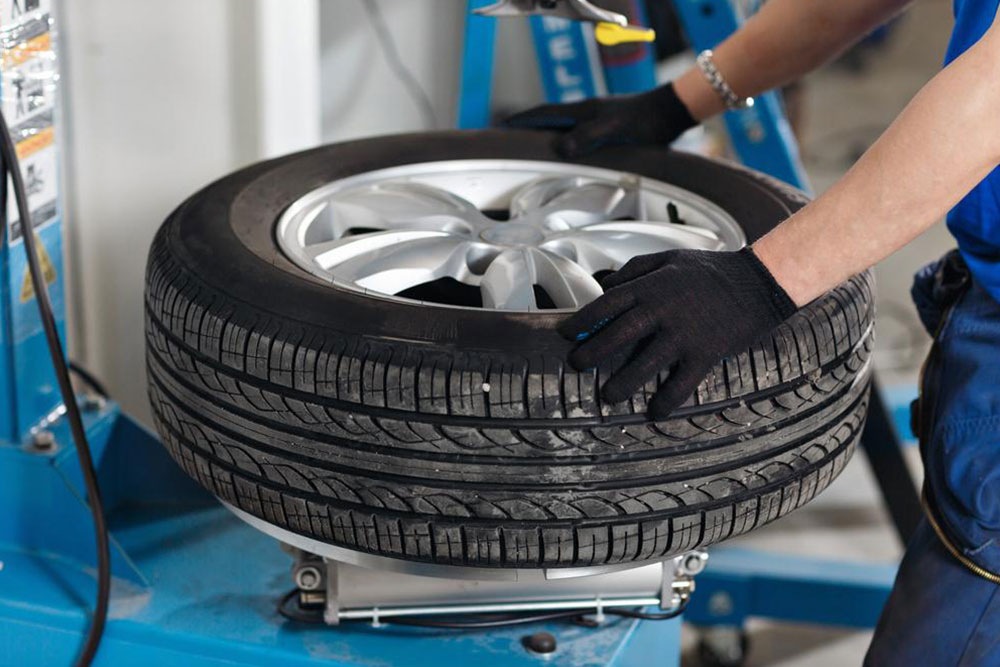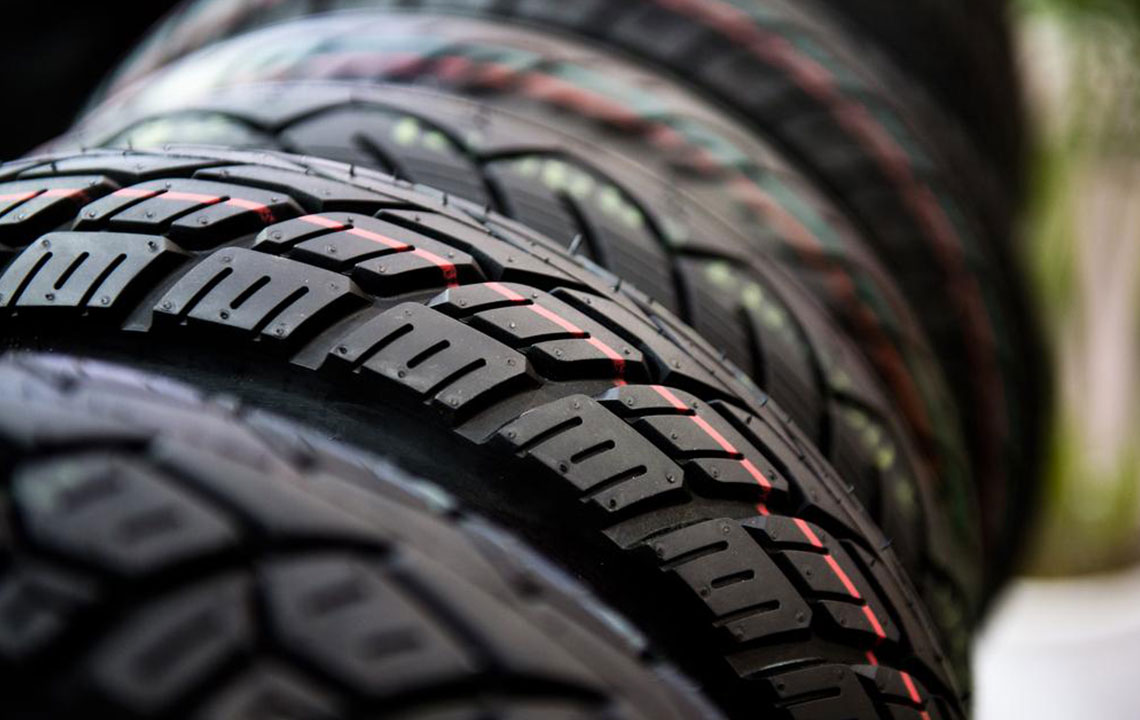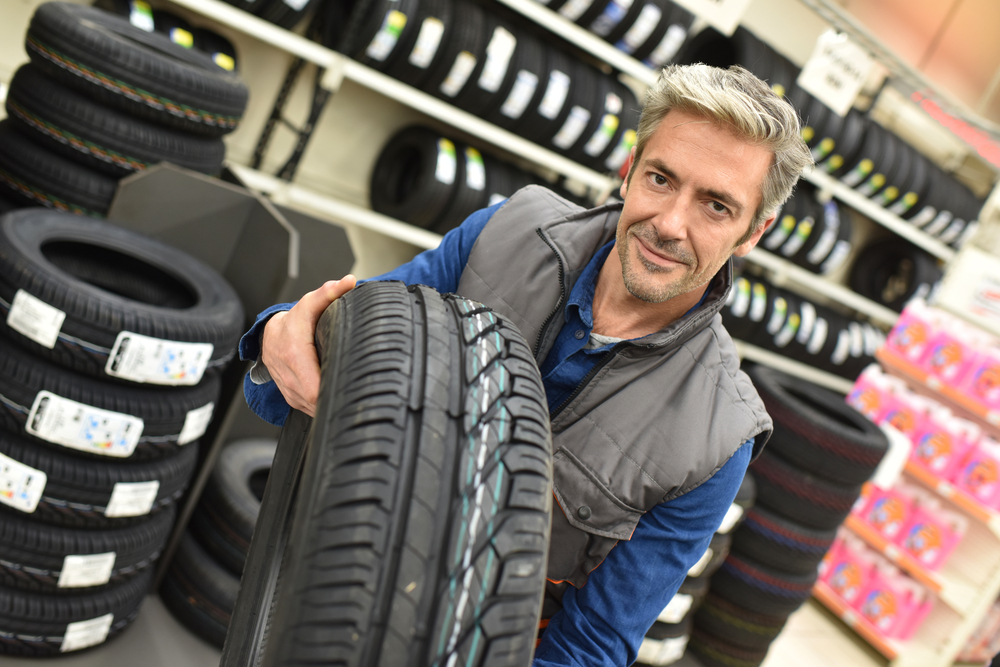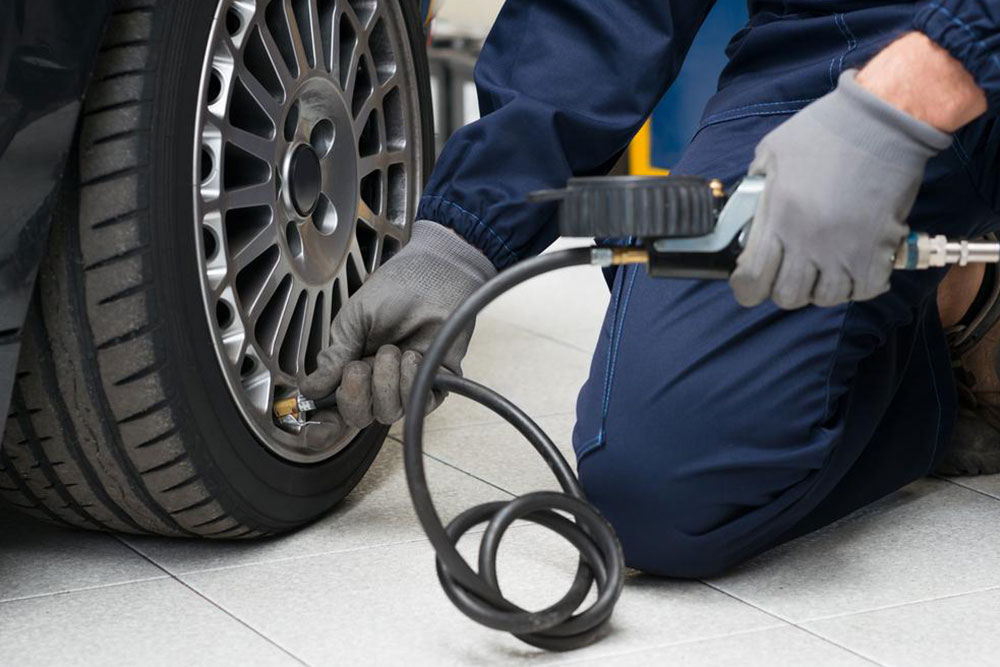Innovative Advancements in Tire Technology
This article explores cutting-edge developments in tire technology, focusing on airless designs, high-tech embedded sensors, and eco-friendly materials. These innovations aim to improve safety, efficiency, and environmental sustainability. From geometrical solid tires to smart chips that optimize vehicle performance, recent advancements are shaping the future of tires. The use of natural materials and sustainable manufacturing methods further enhances eco-conscious efforts, making these innovations highly promising for commercial use in the near future.
Sponsored

Numerous innovations in tire development are driven by industries involved in racing competitions like Formula 1 and other sectors such as defense and security. Environmental concerns, safety standards, and cost considerations also play significant roles. Efforts are focused on reducing reliance on fossil fuels and addressing tire disposal challenges. Researchers are exploring ideas ranging from completely eliminating air in tires to developing organic materials, utilizing advanced digital technologies. This article highlights some of the most promising innovations already near commercial application or in advanced testing phases.
One significant development is removing air from tires. Hankook has experimented with geometrical designs to substitute air with solid structures. These include two types of spoked tires: one with a small wheel supported by wide-angle V-shaped polyurethane spokes, used in commercial vehicles since 2016; and another with a larger wheel supported by V-shaped spokes connecting to an outer tread. Additionally, spherical tires filled with honeycomb polyurethane structures are being tested, incorporating embedded chips to monitor wear and pressure, ensuring uniform performance. Narrow, tall tires, like a 19-inch profile at 155/70 R19, are designed to reduce energy consumption by lowering rolling and air resistance. Integrated chips in tires can assess road conditions and communicate data to enhance safety and performance, while sustainable alternatives utilize natural rubber, plant oils, and silica for eco-friendly manufacturing, promising fuel efficiency and better wet grip. These innovative ideas hold great promise for the future of tire technology.

